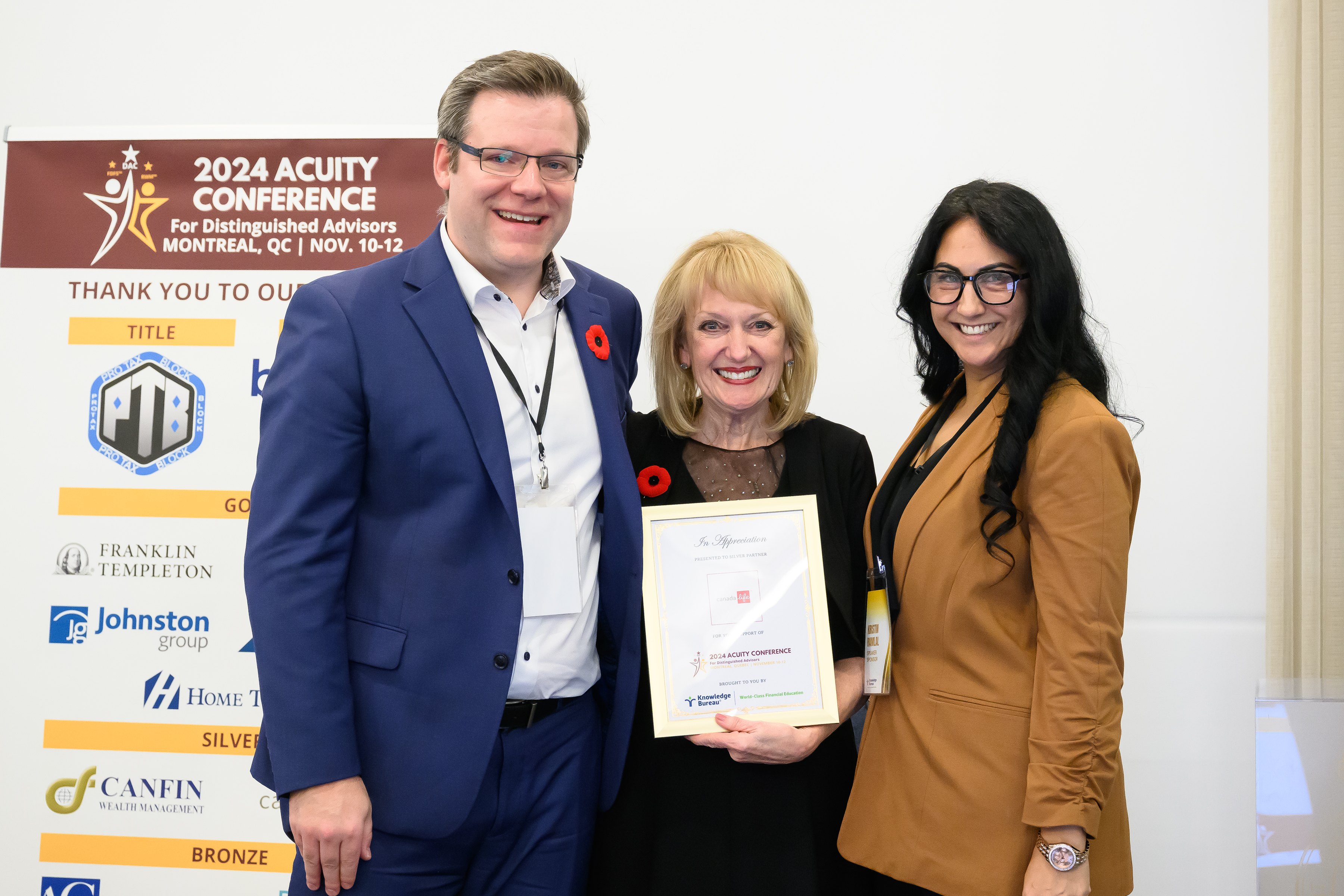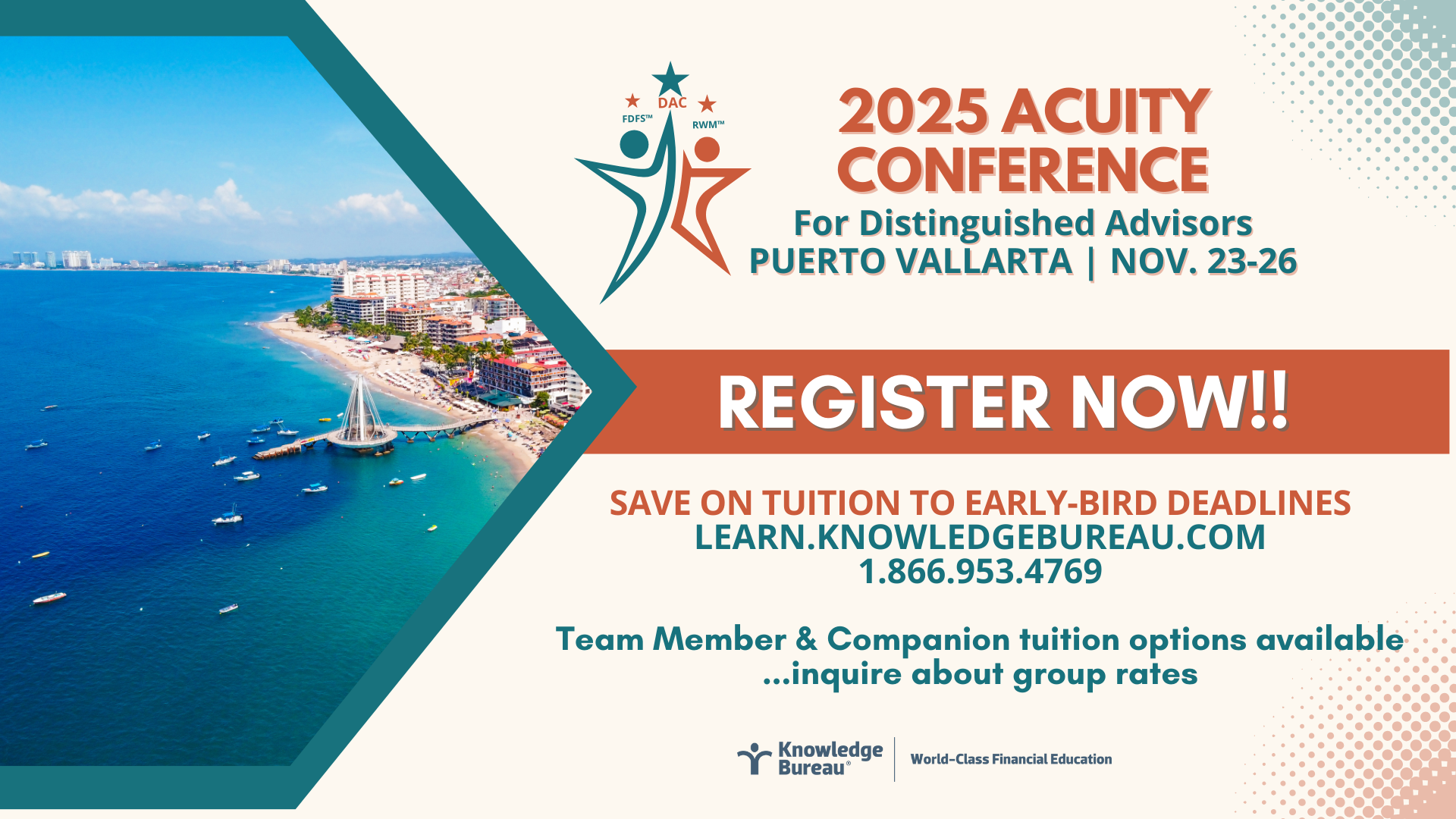The Great Wealth Transfer

The great wealth transfer represents an unprecedented passage of assets from one generation to the next, with approximately $1T passing from baby boomers to the next generations between 2020-2030, but what does this generational wealth transfer mean for philanthropic giving? Kristin Ramlal and Evan Connell of Canada Life provided a list of reasons why there is a great opportunity for social impact in Canada, something important to think about as Giving Tuesday, December 3, a global movement advocating for community philanthropy approaches.

Kristin shared that although more dollars are being donated in Canada, fewer people are donating. These trends may be explained by several factors, including financial constraints donors are facing, but also the lack of clarity around donor impact.
The opportunity is to unlock the full potential of next-gen philanthropists, says Kristin, but this will take “a focused and sustained effort by the charitable sector and those who serve it.” The presentation went into the five ways that donors can have impact:
Community impact – This refers to the specific effect that an individual may have on a particular community or cause. Effective community impact creates stronger, more resilient communities by addressing local needs, fostering connections and empowering individuals to contribute to the collective progress.
Social impact – This refers to the effect an individuals actions impact the wellbeing of society as a whole. This includes changes in social, economic or environmental conditions that may help improve lives, reduce inequality and promote sustainability.
Sustainability impact – This refers to the positive effect the donor can have on the long-term health and stability of environmental, social and economic systems. It measures how well their decisions today contribute to meeting present needs without compromising the ability of future generations.
Charity impact – This refers to the measurable effects that the donor may have on the foundation/NFP entity, to best enable them to achieve their organizations mission, improve the lives of the beneficiaries and contribute to the broader societal change.
Legacy impact – This refers to the long-lasting effects or influence a person leaves behind after their active involvement has ended. Legacy impact can be in the form of knowledge, values, innovation that may continue to benefit others over time.
It all equals “financial peace of mind” impact: in other words, the positive effect that one’s financial planning decisions have in reducing stress, worry, and uncertainty for themselves and their families. Financial peace of mind, with respect to strategic philanthropy involves creating a sense of confidence and emotional wellbeing, allowing donors to feel more at ease about meeting their financial goals, including their philanthropic wishes today and into the future.
Evan Connell then spoke about an innovative new insurance product from Canada Life, My Par Gift, which helps to clear many obstacles for clients in their charitable giving pursuits. This is a single pay, participating life insurance solution that provides all the benefits of existing participating life insurance products including the potential for dividends that can be used to further increase the payout on death and the policy’s cash value.
The Acuity Conference for Distinguished Advisors provided an opportunity for advisors in the audience to think more critically about solutions for wealth and estate planning in a beautiful setting in Montreal, Canada.
Next year the event will be held November 23 to 26 in Mexico. Learn more!
